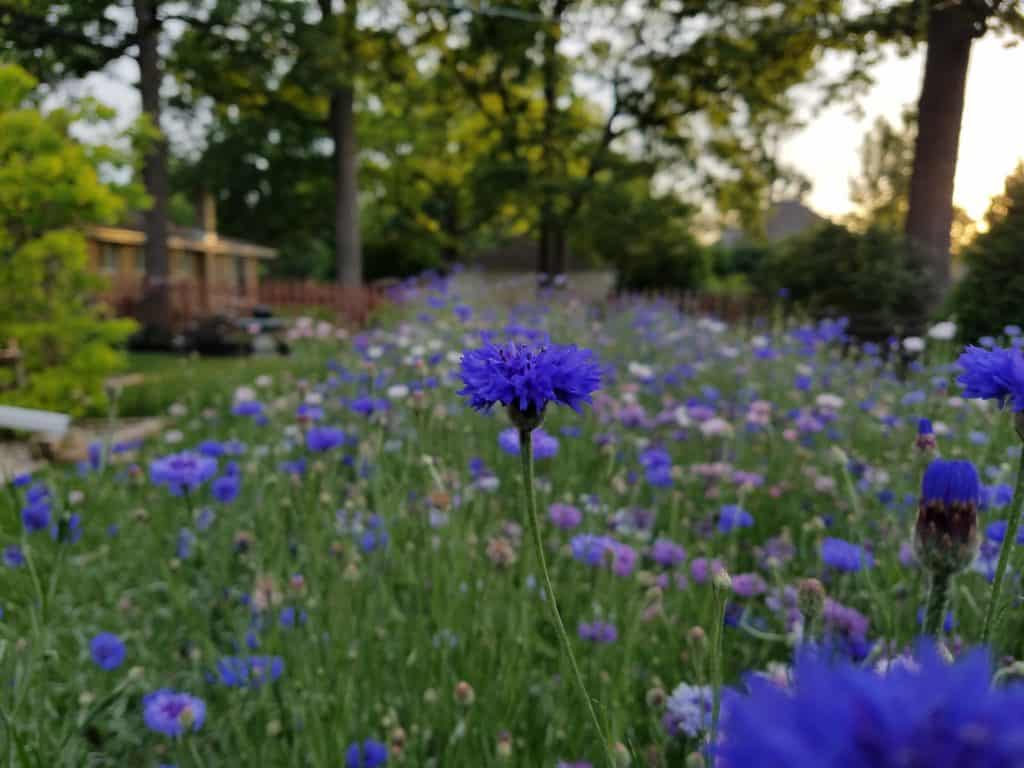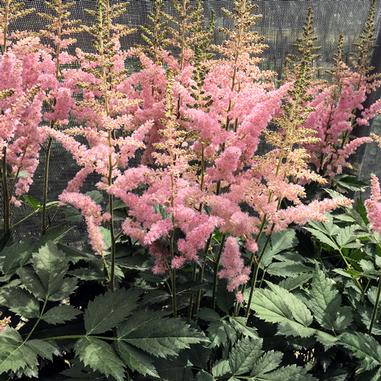We’ve slogged through June in hip waders amidst the persistent leaden, gray malaise. The air largely unstable and ostensibly resentful, like a teenage girl scorned. The few sunny days provided fleeting relief, but we were wary and suspicious, and we were right to be.
With Summer’s official arrival, and the copious amount of rain we’ve received, certain problems are becoming apparent, and it’s important we interpret the issues correctly in order to rectify them. Part of the process is simply paying attention and listening to what exactly our plants are trying to tell us.
Insufficient Light
Plants that are not getting enough sunlight start to look leggy and spindly, with the internodal space (area between leaves) appearing unusually large. Some plants may look pale and sickly while others may die. To correct the problem, invite more sunlight, perhaps by pruning trees in the area and/or moving the plants to an area that receives more sun. You can always swap out the sun lovers for more shade tolerant plants.
Poor Drainage
Some plants don’t mind having wet feet, while many prefer well-drained soil. The latter, in wet conditions, may yellow, brown, wilt and eventually die. To rectify, correct the drainage issue and/or look to plants that are tolerant of water.
Chemical Damage
Herbicides and fertilizers can both cause discoloration, twisted, gnarled stems and foliage, brown spots, and death. Most likely, plants will need to be replaced, depending on the severity of the damage. Take great caution when spraying, and spray when winds are minimal, preferably still.
Excessive Light
Not all plants need lots of sunlight. In fact, some plants prefer partial to full shade. When these plants experience too much sun, they may look pale, scorched, withered, and burned. Consider moving these plants to a shadier area or replace them with sun-loving plants.
Infestation
Insects can cause a whole host of problems, resulting in twisted, distorted foliage, holes, browning, bumps, discoloration, streaks, mottling, etc., and sometimes death. Some plants are known to have particular insect issues, so treat accordingly. When in doubt, do a little research or reach out to Sweeney’s. We’ll help you pinpoint the culprit and suggest a treatment.
Drought
Fortunately, this is a non-issue for us thus far this summer. Drought stricken plants may warp, wither, brown and develop brown tips and yellowing leaves. Water accordingly to resolve.
Nutrient Deficiencies
Plants may manifest nutrient deficiencies with yellow veins and/or pale leaves. It is often referred to as chlorosis. Fertilize accordingly per the plant’s specific requirements.
Fungal Infections
Plants may discolor or have spotted or mildewy leaves with a powdery film, called powdery or downy mildew. It seems exceptionally prevalent during warm temperatures and high humidity. To correct the issue, make sure plants are getting adequate air flow and light, which may mean pruning and better spacing of plants (perhaps even dividing). Cut off and remove diseased plant debris, then treat with fungicides.
 If we just stop and look, we can learn a lot from our plants. They are constantly trying to communicate with us, so it’s time we enter the conversation as active and empathetic partners, just like your friends at Sweeney’s. Reach out today, and we’ll turn those conversations into action plans.
If we just stop and look, we can learn a lot from our plants. They are constantly trying to communicate with us, so it’s time we enter the conversation as active and empathetic partners, just like your friends at Sweeney’s. Reach out today, and we’ll turn those conversations into action plans.
Plant of the Week

Vision in Pink Astilbe
Showy, bubble-gum pink plumes bloom above lacy, blue-green foliage July – August. Prefers shade to partial sun and moist, well-drained soil. Grows 12-18″ tall and 12-18″ wide. Drought tolerant. Deer and rabbit resistant.
“A garden is a grand teacher. It teaches patience and careful watchfulness; it teaches industry and thrift; above all it teaches entire trust.”
-Gertrude Jekyll
Best wishes,
Kim Sweeney
